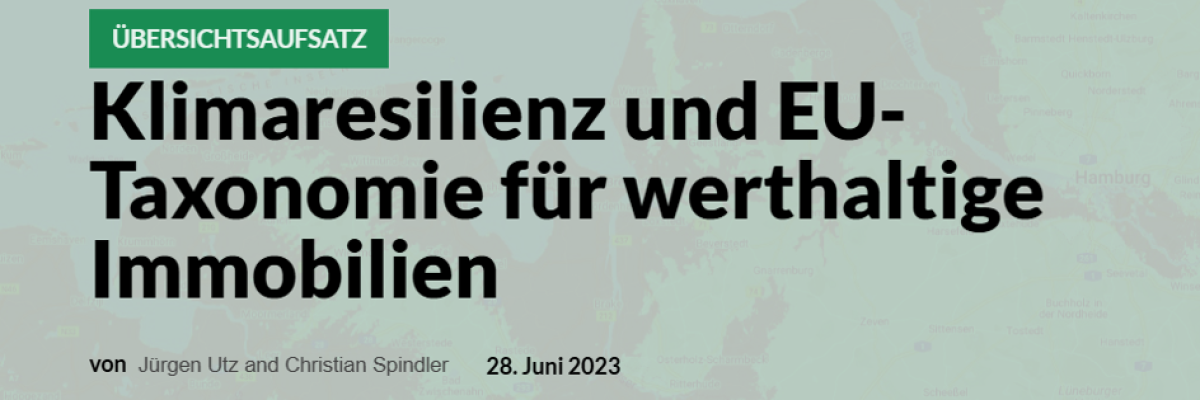Sustainaccount is honored to have contributed to nbau, the platform for sustainable building practices, with the article “Klimaresilienz und EU-Taxonomie für werthaltige Immobilien” (“Climate Resilience and EU Taxonomy for Valuable Real Estate”). This article explores how the real estate sector can effectively align with the EU Taxonomy by integrating climate risk assessments and adaptation strategies into property management.
Key Insights from the Article
- EU Taxonomy and Its Implications for Real Estate
The EU Taxonomy sets a framework for identifying sustainable economic activities, with specific objectives like climate change adaptation and climate change mitigation directly impacting real estate. For properties to comply, stakeholders must demonstrate:
- Substantial contributions to adaptation goals, including proactive climate risk assessments.
- Alignment with the Do No Significant Harm (DNSH) principle, ensuring that adaptation measures do not harm other environmental objectives.
This structured approach guides investors and property developers toward sustainable decision-making.
- Climate Resilience as a Strategic Imperative
The article emphasizes that climate resilience is essential to maintaining a property’s long-term value. Climate risks, such as flooding, heat stress, and extreme weather events, pose threats to asset viability. Proactively addressing these risks through scenario modeling and adaptation measures ensures properties remain functional, compliant, and competitive. - Tools for Achieving Compliance and Sustainability
Sustainaccount highlights the importance of leveraging digital tools and AI-driven platforms to meet EU Taxonomy requirements. These tools allow stakeholders to:
- Conduct precise climate risk analyses for individual buildings or portfolios.
- Develop actionable strategies tailored to local risks and regulatory needs.
- Monitor and update measures as climate scenarios evolve.
- Economic and Regulatory Advantages
The integration of climate resilience measures not only ensures regulatory compliance but also enhances asset attractiveness for investors. Buildings that align with the EU Taxonomy criteria are more likely to secure funding, appeal to environmentally conscious tenants, and sustain market value in the long run.
Call to Action
The article calls on real estate stakeholders—developers, investors, and managers—to treat climate resilience as a core part of their strategy. By embracing climate risk analysis and adapting their properties accordingly, they can ensure both compliance and economic stability in the face of climate challenges.
Looking Ahead
Sustainaccount’s contribution to this discussion reflects our commitment to driving sustainability and resilience in the real estate sector. By providing actionable insights and advanced climate risk assessment tools, we empower stakeholders to meet regulatory demands and secure their assets’ future.
For a deeper dive into the topic, explore the full article on the nbau website: Klimaresilienz und EU-Taxonomie für werthaltige Immobilien.
Stay connected with Sustainaccount for the latest in climate risk management by following us on LinkedIn or visiting our website.

